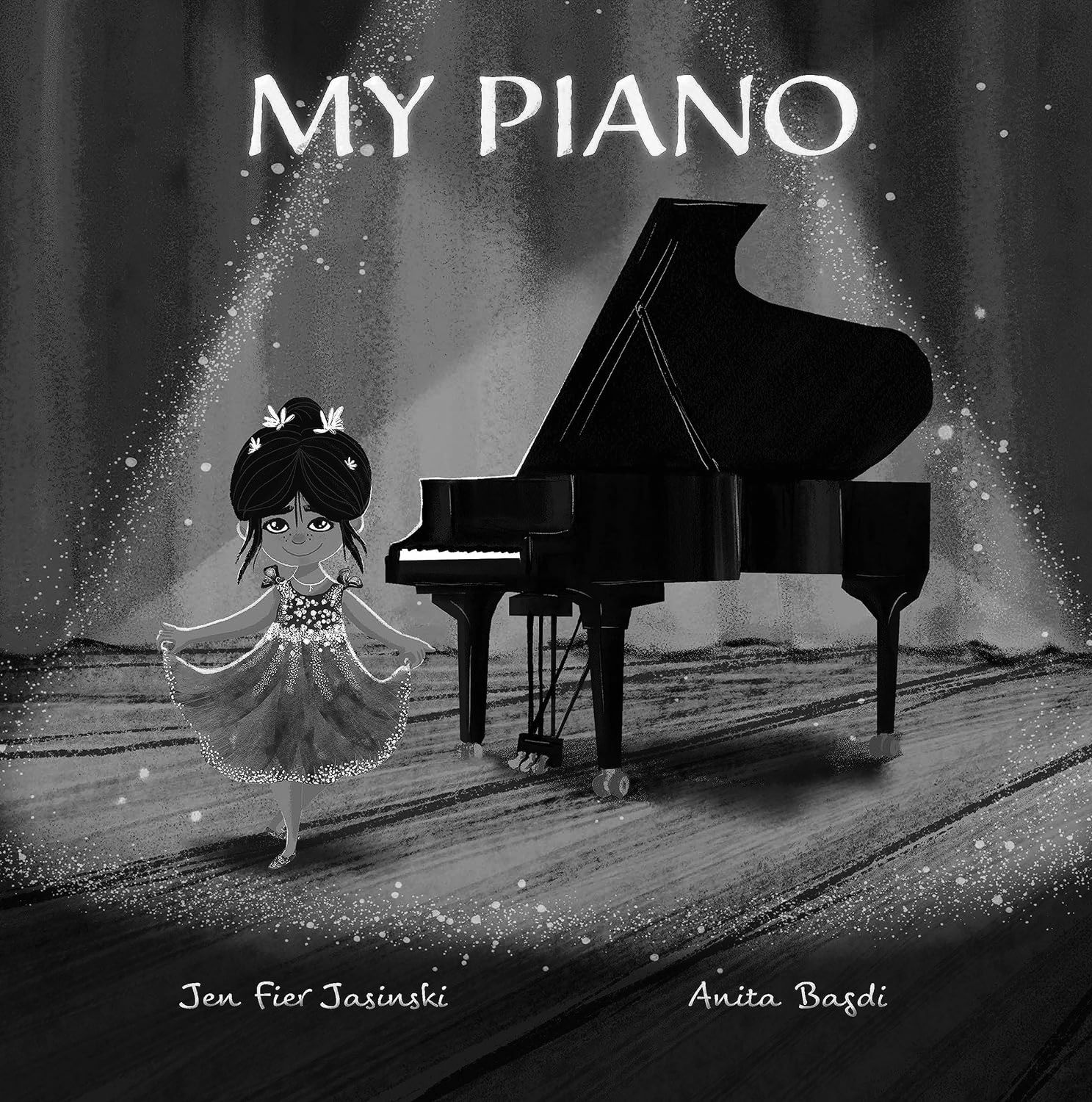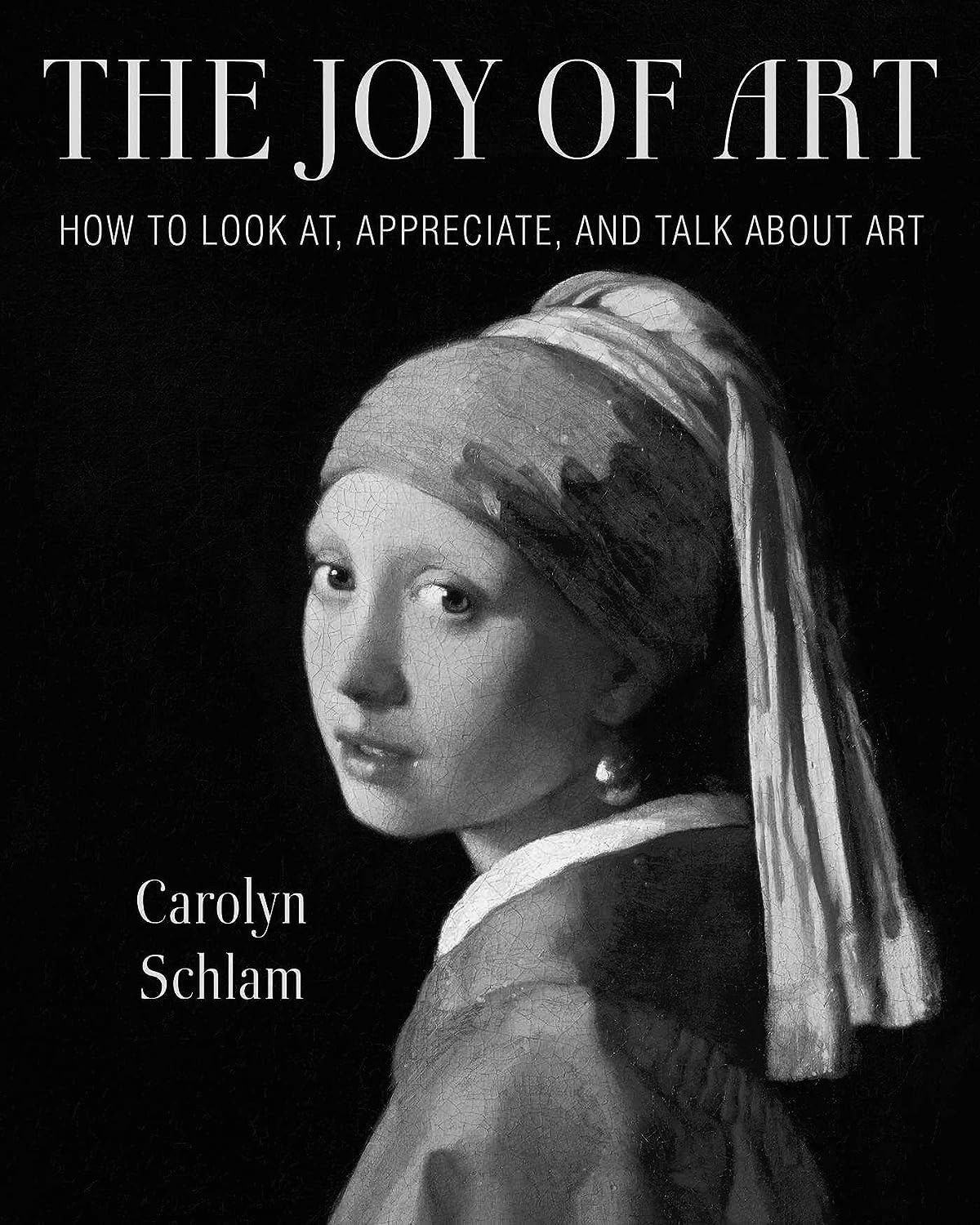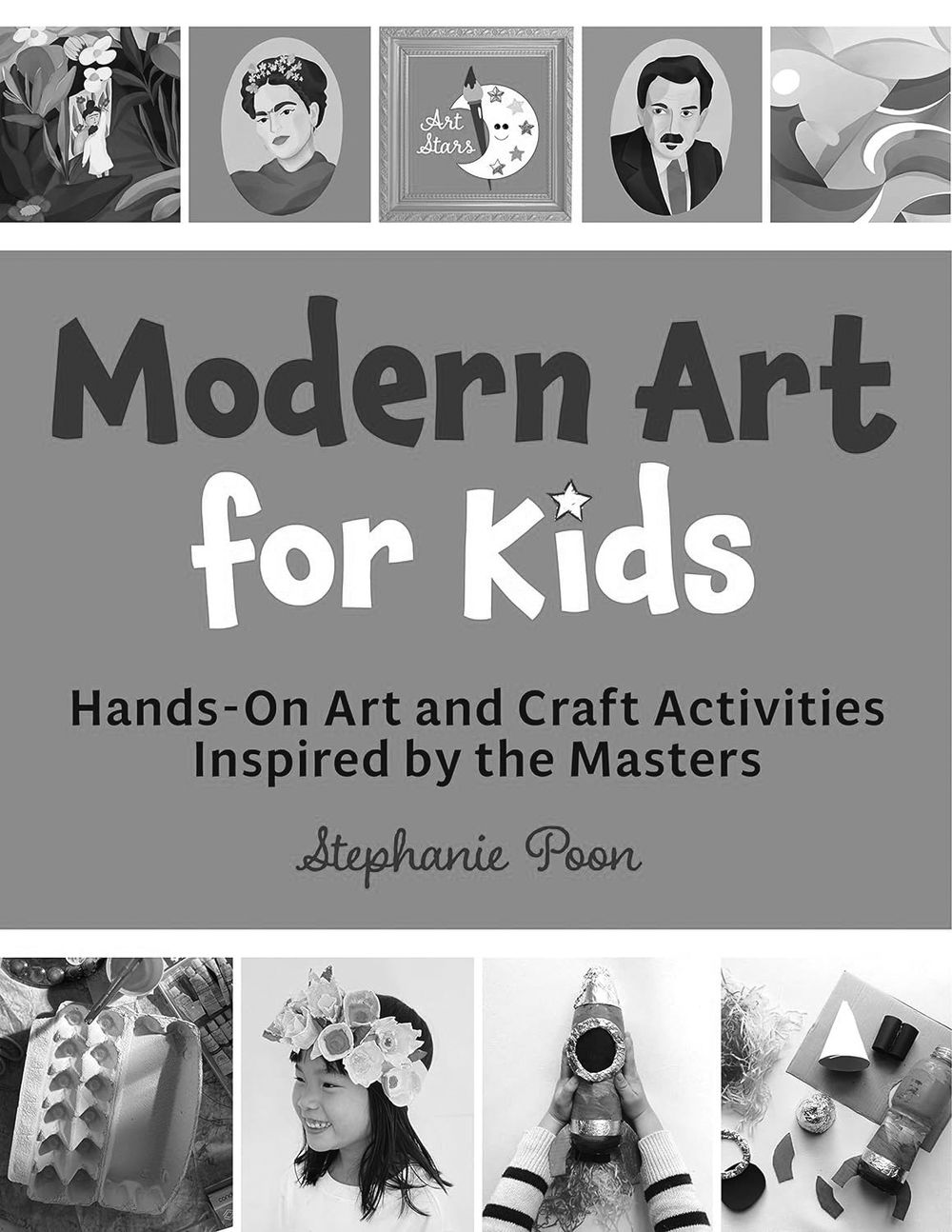Book Reviews: How Are We Teaching the Arts?
by Ellen Rosewall
For nearly twenty years, I taught a course called Understanding the Arts at UW-Green Bay. The purpose of the course, which met the fine arts general education requirement, was to provide students who had little or no artistic training (and who didn’t want or qualify for applied arts courses) information on a variety of visual and performing arts. The presumption was that they would then be able to add the arts into their lives as consumers.
Previous teachers of this course had taken a historical/humanities approach: a couple of weeks on visual art might focus on some major painters and sculptors and a few historical style periods. There was no time to go through all of history, much less include information on outsider art, contemporary forms or public art. I wanted to do this differently: my goal was to give students the tools to look at or listen to any work of art and be able to do a basic formal analysis that would lead them to understand what else they needed to know. I wanted to discuss design elements; the unique features of each form (why do painters choose oil over watercolor?) and examples of master works.
Unfortunately, I found few textbooks that would cover material this way, and I’m still searching for books that introduce arts to adults or children that don’t begin with artists and historical style periods. Here are a few I’ve reviewed recently, from worst to best. I’d love to hear what you think. How should we be teaching the arts in a way that will encourage them to be arts lovers? Do you know of other books I should be examining?

This book examines a dozen contemporary art styles including Impressionism, Pop Art and Fauvism, and for each style profiles one or more notable artists who worked in that style. Each chapter also features craft projects that cleverly introduce children to the essence of the style - for example, making a button collage to imitate the pointillistic dots of Georges Seurat, or creating a Mondrian puzzle with colorful paper framed with black washi tape.
I have two issues with the book. First, the craft projects are clever, but they require a wide array of art tools and materials that most parents are unlikely to own. The Magritte project requires a kid sized bowler hat, a black suit and a green apple, and the Degas project uses a small bendable artist’s mannequin (which costs $10-$15). Even if parents were knowledgeable about art and perhaps had a variety of materials and tools already, most of these projects are far outside the realm of what might be practical for low income families.
More importantly, there are no actual images of the art of the artists being depicted. What are the children learning if they cannot actually see the art? The illustrations are bright and fun, but I came away thinking that even children doing the exercises aren’t really learning about art styles at all. Certainly even a child that made a Frida Kahlo headdress would not be able to identify the real thing if they were to see it. That’s a big nope from me.

This book takes a different tack than many children’s books about music and the arts, centering on describing how a piano works rather than talking about the music itself or composers. The piano is a big, mysterious instrument and I think children would find it fascinating to learn how it works. Unfortunately, these days few people are able to see the insides of a grand piano, since most home and school piano sales are electronic pianos. I don’t know what this means to the success of this book, but I would encourage parents to find a way to expose their children to real pianos to avoid this being merely an abstract concept.

This is much more like it. More than half of the book introduces the reader to design elements, artistic media, formal and contextual criticism. There are lots of pictorial examples, and the author chooses to group artists in the later chapters by artistic styles (realism, abstraction) along with historical style periods.
She also includes opportunities for self-reflection, allowing the reader to develop their own artistic tastes rather than just presenting works and telling the reader that these are the masterpieces they should know. One interesting example of this was a quiz at the end. But, to my disappointment, it focused mainly on remembering the artists (“what I love about Rembrandt is…”). But it does present several works at the end and asks the reader to think of five terms that describe it.
Oh, so close.

HERE we go! This lovely book helps children see art throughout history, starting in 1350 BCE in Giza, Egypt and ending with Ai Wei Wei in 1968. But this is not another trek through Western Art history from Michelangelo to Monet - author Sarah Phillips effectively decolonizes art history by showing us 33 important works from all over the world, including Indonesia, Sudan, Guatemala, Japan and Russia and artists from a variety of backgrounds, faiths and races. Phillips contextualizes them so young readers learn about their lives, influences and the materials with which they worked. Information is also given about where the art is now and whether it can be viewed by the public (she pointedly notes that many works from Africa (in particular) were taken by conquerors during the colonization era).
The illustrations by Dion Mehaga Bangun Djayasaputra are notable. Each spread contains lively and beautifully drawn images of the art and artists being presented, integrated with actual pictures of the art being discussed.
It seems to me that this book could be used for upper elementary students in classes that combine work in art, history and other subjects. In addition to decolonizing the history of art, this book can also play a role in helping children understand that art doesn’t just live in museums, and knowledge of art can and should be integrated into curriculum as an equal player.




